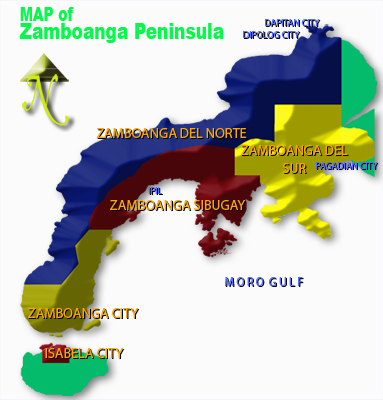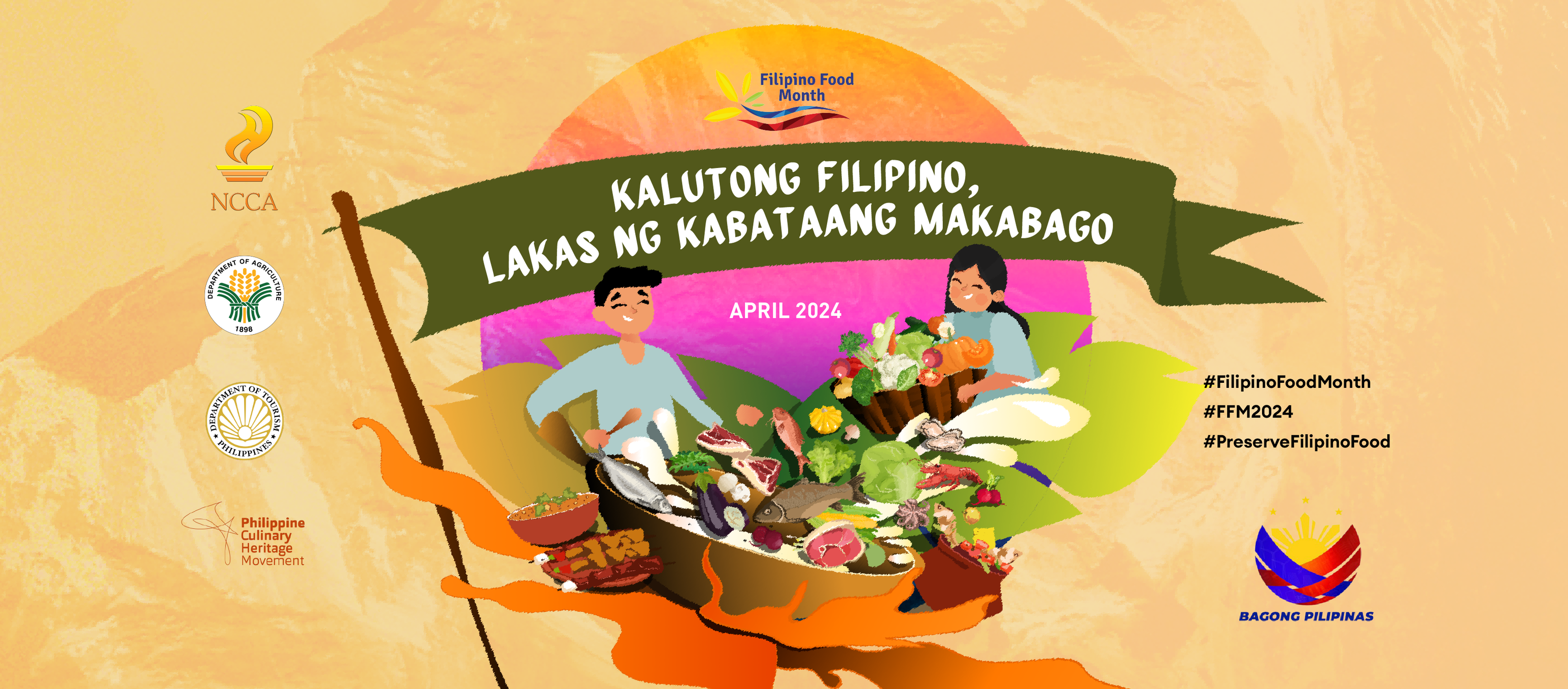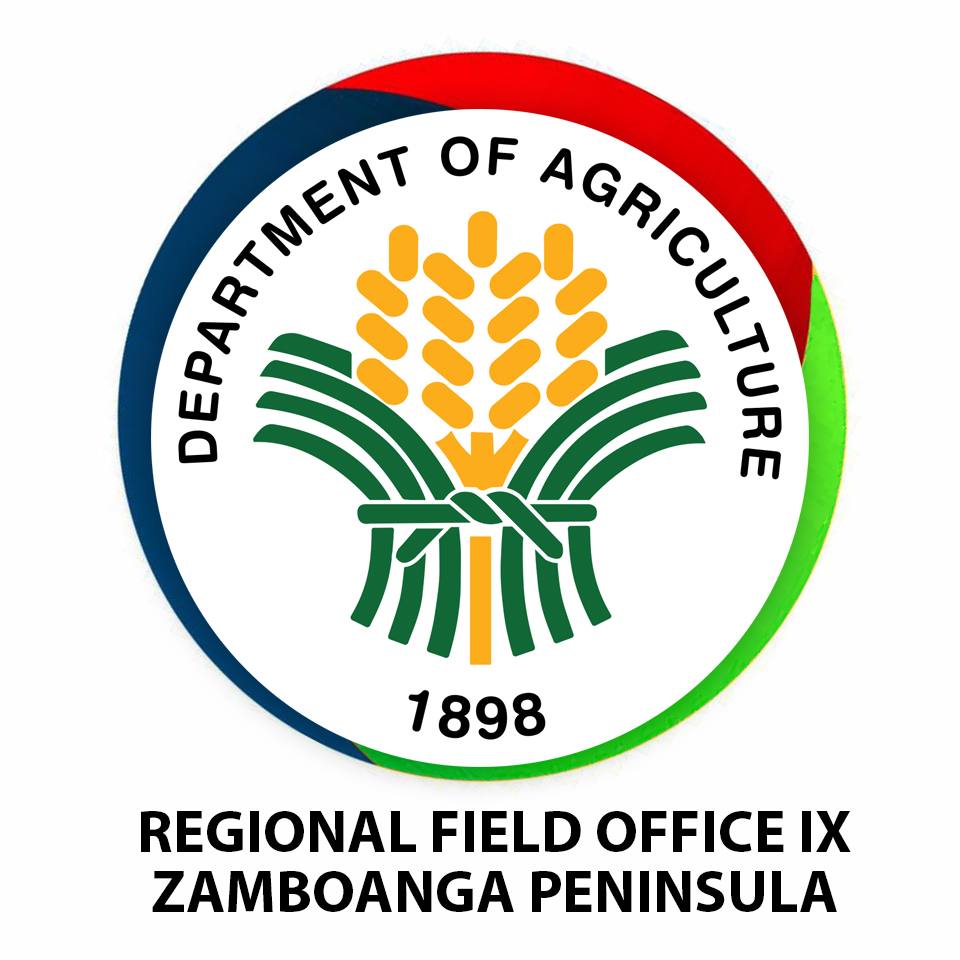|
 LOCATION LOCATION
Region IX or the Zamboanga Peninsula Region is located in the western part of Mindanao. It is bounded by: Sulu Sea on the north; Illana Bay and Moro Gulf on the south; Misamis Occidental, Lanao del Norte and Panguil Bay on the east; and the Celebes Sea on the west.
COMPOSITION
Through Executive Order No. 36 signed by President Gloria Macapagal-Arroyo on September 2001 which provides for the reorganization of the administrative regions in Mindanao, Region IX presently consists of the three (3) provinces of Zamboanga del Norte, Zamboanga del Sur and Zamboanga Sibugay. The region also has five (5) cities namely: Dapitan, Dipolog, Isabela, Pagadian and Zamboanga. The province of Basilan, on the other hand, opted to join the Autonomous Region in Muslim Mindanao.
Zamboanga Peninsula is a peninsula and an administrative region in the Philippines. Designated as Region IX, the region consists of three provinces, namely, Zamboanga del Norte, Zamboanga del Sur, and Zamboanga Sibugay, and the chartered and Independent city of Zamboanga City at the south-eastern tip, with Pagadian City as its new regional center. The region was previously known as Western Mindanao before the enactment of Executive Order No. 36 on September 19, 2001.
After the United States annexed the Spanish East Indies in 1898, Zamboanga was briefly independent as the Republic of Zamboanga. It became a part of the Moro Province, which consisted of Mindanao and the Sulu Archipelago. The name and status of Moro province soon changed to the Department of Mindanao and Sulu on August 16, 1916, that caused Zamboanga to become a province.
On 1942, the occupied by the Japanese Imperial forces taken in Zamboanga Peninsula
On 1945, the liberation at Zamboanga Peninsula by defenders of the Philippine and United States forces against the Japanese Imperial forces during the World War II.
On June 6, 1952, the province was divided into two provinces, Zamboanga del Norte and Zamboanga del Sur, while the chartered City of Zamboanga became an independent city.
REGION
Together with the Sulu Archipelago, the provinces that formerly made up Zamboanga province were organized into Region IX by order of Presidential Decree No. 1 as part of the Integrated Reorganization Plan of President Ferdinand Marcos.
Between 1975 to 1989 the old Region IX (Western Mindanao) was divided into two sub-regions by Presidential Decree No. 773 dated August 21, 1975.
Sub-Region IX-A consisted of Basilan, Sulu and Tawi-Tawi with Jolo, Sulu as the sub-regional center.
Sub-Region IX-B consisted of the provinces of Zamboanga del Norte and Zamboanga del Sur, with the chartered city of Zamboanga City as the sub-regional center.
THE PRESENT
In 2001, Zamboanga Sibugay, was created from the province of Zamboanga del Sur with Ipil as the seat of government.
In the same year, the residents of Basilan opted to join the Autonomous Region in Muslim Mindanao (ARMM) in a plebiscite. However, the citizens of the capital, Isabela, did not want to join so the city remained a part of this region with the as a result of Executive Order No. 36.
In 2004, Pagadian officially became the Regional Center for Region IX- Zamboanga Peninsula, despite opposition from Zamboanga City, the former Regional Center.
GEOGRAPHY
Zamboanga Peninsula lies between the Moro Gulf, part of the Celebes Sea, and the Sulu Sea. Along the shores of the peninsula are numerous bays and islands. Its territory consists of the three Zamboanga provinces and Zamboanga City, as well as the Northern Mindanao province of Misamis Occidental. The peninsula is connected to the main part of Mindanao through an isthmus situated between Panguil Bay and Pagadian Bay. The boundary between the peninsula and the mainland is artificially marked by the border between the provinces of Zamboanga del Sur and Lanao del Norte.
RESOURCES
The region has vast forest resources and previously used to export logs, lumber, veneer and plywood. Mineral deposits include gold, chromite, coal, iron, lead, and manganese. Among its non-metallic reserves are coal, silica, salt, marble, silica sand, and gravel. Its fishing grounds are devoted to commercial and municipal fishing. It has also aqua farms for brackish water and freshwater fishes.
POLITICAL DIVISIONS
PROVINCE
Zamboanga del Norte
Zamboanga del Sur
Zamboanga Sibugay
CITIES
Zamboanga Peninsula has five cities: Dipolog City, Dapitan City, Isabela City, Pagadian City, and the highly-urbanized city of Zamboanga. Isabela City is a part of the island-province of Basilan to the south of the peninsula.
The city of Zamboanga serve as the centers of trade, commerce, industry and education in the region. while the cities of Dipolog and Pagadian are on the list.
Zamboanga City, known for its old Spanish fort, Fort Pilar. A tourist destination besides being considered as Highly Urbanized and Independent city in the region. It is also known as the third older charter city in the Philippines.
In 2006, Zamboanga City was re-labeled from "City of Flowers" to "Asia's Latin City". The new label is the brainchild of Mayor. Celso L. Lobregat believing that this was a more relevant and significant label given the fact that the people of Zamboanga speak Chavacano, a local dialect composed of Eighty percent (80%) Spanish words and the remaining Twenty percent (20%) a mixture of other local dialects such as Visayan, Ilonggo, Subanon, Yakan and Tausug.
The City of Dapitan is also known as the "Shrine City in the Philippines" because the place where Jose Rizal, the National Hero, was exiled. It is also known for the old St. James Parish and the beautiful beach resort of Dakak. The city continues to exude an atmosphere of primeval charm amidst a growing presence of modern-day sophistication.
The City of Dipolog is also known as the "Gateway to Western Mindanao" and "Orchid City" of the Philippines and the "Bottled Sardines Capital of the Philippines." Peace-loving and genial Dipolognons proudly celebrate their rich culture and colorful history. It is a city whose rich natural wonders beckon everyone to its natural shores.
The City of Pagadian is also known as the "Little Hongkong of the South"[1] because of its topographical feature that is reminiscent of Hongkong, China. It also has an affluent Chinese community that officially celebrates the Chinese Lunar New Year. The city of Pagadian is the regional center of Zamboanga Peninsula.
Isabela City is a component city and capital of the province of Basilan. Isabela City continues be under the jurisdiction of Basilan for the administration of provincially-devolved services and functions. But for the administration of regional services, the city is part of the Zamboanga Peninsula Region despite the rest of Basilan being under the authority of the Autonomous Region in Muslim Mindanao.
ECONOMY
It has the first export-processing zone in Mindanao. Farming and fishing are the main economic activities of the region. It also has rice and corn mills, oil processing, coffee berry processing and processing of latex from rubber. Its home industries include rattan and furniture craft, basket making, weaving and brass work.
Size and Population
Zamboanga Peninsula has a total land area of 14,138 square kilometers and has a population size of 2,831,412 in 2000 with a population growth rate of 1.97%.
MAJOR PRODUCTS
The Region is Mindanao's front door to EAGA with Zamboanga City serving as main portal to and from EAGA member-countries. Due to this, the city could well become one of EAGA's major trading centers. Zamboanga Peninsula's coastline measures an estimated 700 kilometers or about 43 percent of Mindanao's total coastline. Major sea products of the region include tuna, herring sardines, anchovies and mackerel. Shrimps, prawns, lobsters, crabs, squid and cuttlefish also abound.
TOURIST ATTRACTIONS
The region is blessed with numerous tourist attractions. Besides many enchanting islands and islets, there are cultural and historical shrines as well as exotic scenic spots and pristine beaches. Among these are Santa Cruz Island, Vista del Mar, Zamboanga Golf and Country Club, and Dakak Beach Resort. Vintas (slim boats) with colorful sails and a number of beautiful mosques are just a few of its ethnic attractions. Fort Pilar in Zamboanga City, a walled fortification built by the Spaniards and the Shrine of Dr. Jose P. Rizal, the Philippine national hero, in Dapitan City, are a must-see for historical buffs. Another well-known visitors' haven is the Barter Trade Center where goods from neighboring countries Indonesia, Singapore, Malaysia, China and Japan can be bought at cheap prices.
|





